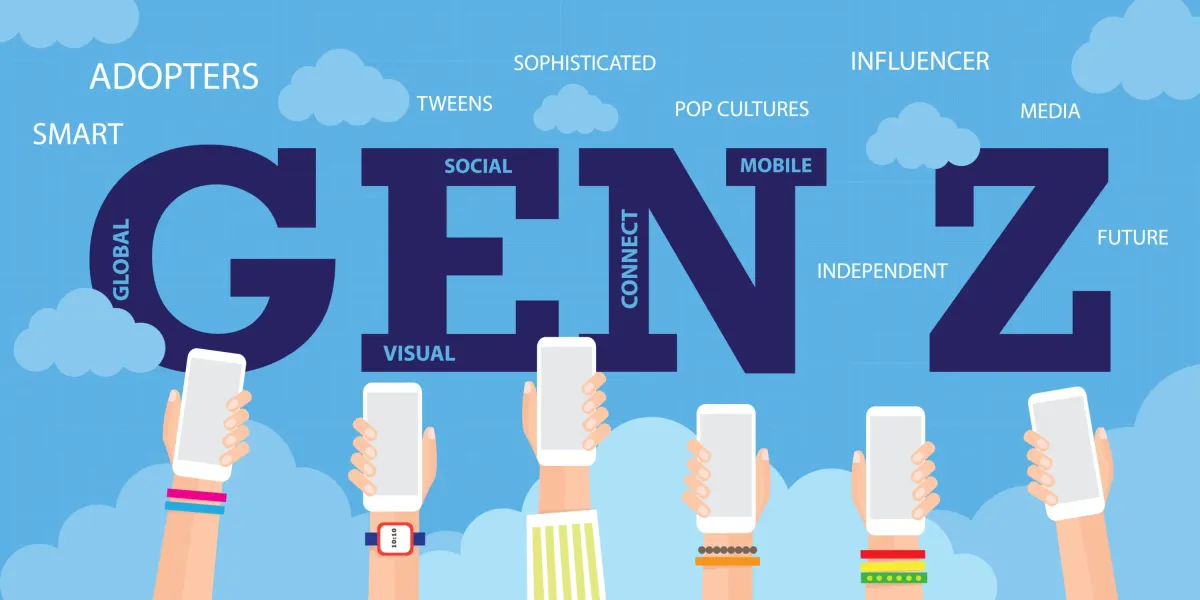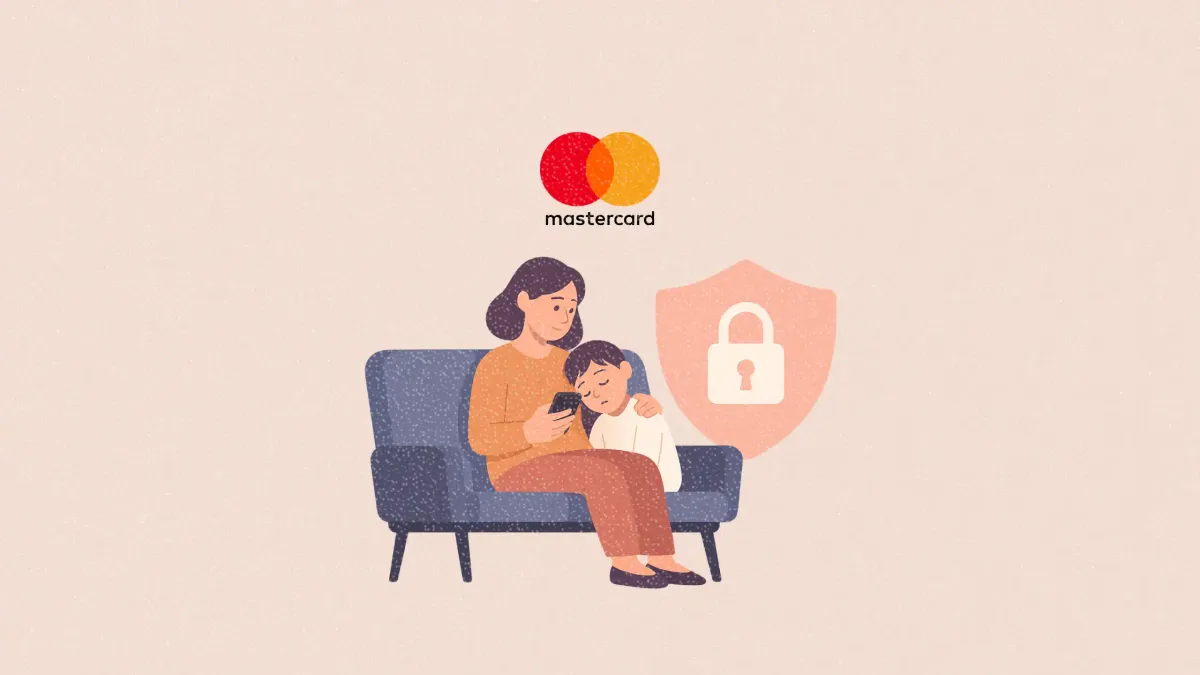Bose launches brand anthem to reframe sound as essential, not optional
Bose bets on music’s emotional power with its first brand anthem. Marketers, take note.

Bose is rewriting how it wants to be heard. With the debut of its first-ever brand anthem, the audio company is moving past product specs and into emotional territory.
Its new campaign, Music deserves Bose, aims to elevate Bose from a premium audio brand to a cultural essential by showing that sound doesn’t just enhance moments, it transforms them.
This article explores how the brand’s storytelling strategy leans on music’s emotional pull, why marketers should take note of its creative approach, and what it signals for brand campaigns that want to go beyond product positioning.
Short on time?
Here is a table of content for quick access:
- What happened: Bose repositions through music and emotion
- Context: Sound as a brand differentiator
- What marketers should know

Bose repositions through music and emotion
The nearly two-minute spot marks a creative first for the 60-year-old brand. It opens in a world without music—awkward Mars landings, cringey kisses, mundane commutes—and then flips each scenario the moment the soundtrack kicks in. Suddenly, everything becomes cinematic, electric, and emotional.
The track? A mashup of Aretha Franklin’s You’re All I Need to Get By and The Royal Philharmonic Orchestra. It’s a choice that marries nostalgia with grandeur. The goal is to connect with both legacy listeners and a broader generation of music lovers.
The campaign launched in the US and UK across streaming, broadcast, digital, and social platforms. It was timed to coincide with the MTV Video Music Awards and will also be featured heavily on Bose’s own channels.
“We agonised over the track, just like any music fan would when crafting a playlist,” said Brian Carley, Bose’s Senior Director and Creative Lead. “We wanted the anthem to echo exactly what we believe in. That Bose is all music lovers need.”

Context: Sound as a brand differentiator
The campaign stands out not because it promotes a product, but because it sells a feeling. Bose is positioning itself as the key to experiencing—not just hearing—music. This emotional storytelling aligns with a broader trend in audio branding, where brands use sound as a value-add rather than an afterthought.
It’s also a strategic shift for a company often boxed into the "high-end tech" category. Bose wants to be seen as culturally relevant, emotionally resonant, and deeply tied to how people live their everyday lives. That’s a bigger swing than just launching a new speaker or pair of earbuds.
Bose isn’t alone in this space. Spotify recently launched its global Fan Life campaign to highlight the cultural rituals of music fandoms. Amazon Music took an emotional route too, using World Cancer Day to launch Louder Than Cancer, a campaign about resilience through music.

What marketers should know
Whether you're building a brand or running campaigns, here are the takeaways from Bose’s approach:
1. Lead with emotion, not features
Bose doesn’t spend a second talking about audio specs. Instead, it lets music do the work. Marketers can learn from this shift. Emotional resonance often outperforms technical superiority when building long-term brand affinity.
2. Reframe product value through everyday moments
Instead of placing its product at the center, Bose highlights moments that could be improved by music. Commutes, first kisses, morning routines. The lesson is simple. Start with your audience’s daily context, then show how your product transforms it.
3. Choose your track like it’s your tagline
The song isn’t just background noise. It’s the campaign’s emotional anchor. Aretha’s voice and the orchestra’s swell say everything Bose wants to about timelessness, depth, and connection. Music licensing is often treated as a last-minute detail. This campaign proves it should be core to the story.
Bose’s brand anthem is a case study in how to reintroduce a legacy brand to modern audiences. It’s not trying to convince you that Bose sounds better. It’s showing you how sound makes everything better. For marketers, it’s a reminder that the strongest campaigns don’t always scream about the product. Sometimes, they just let the music play.





